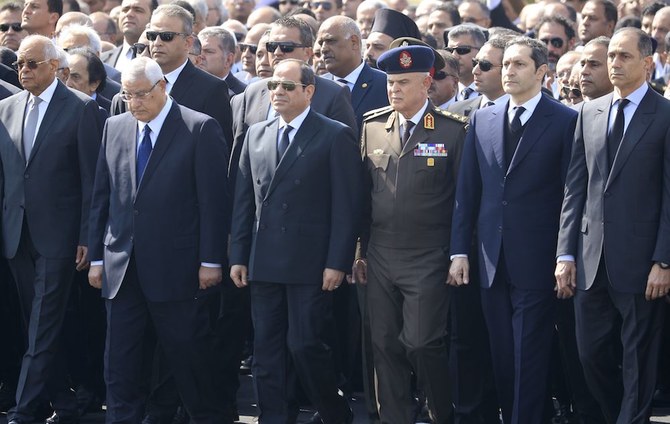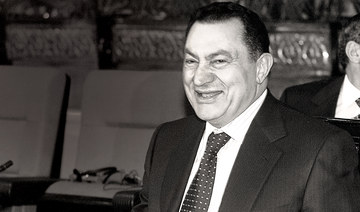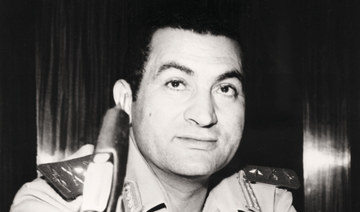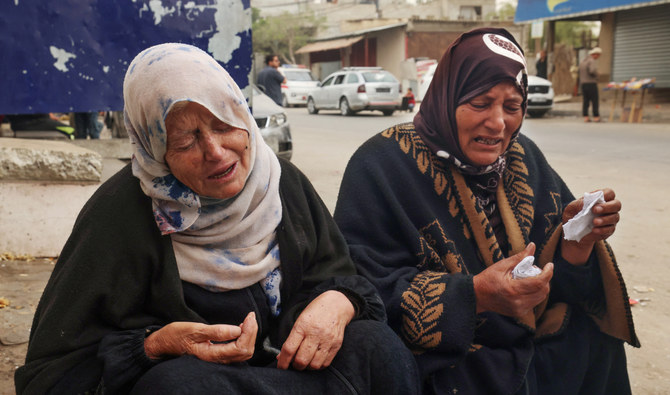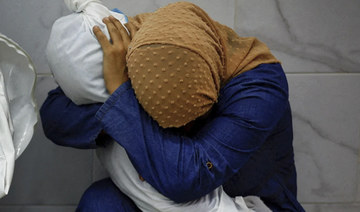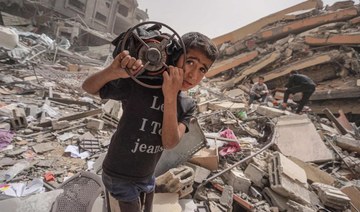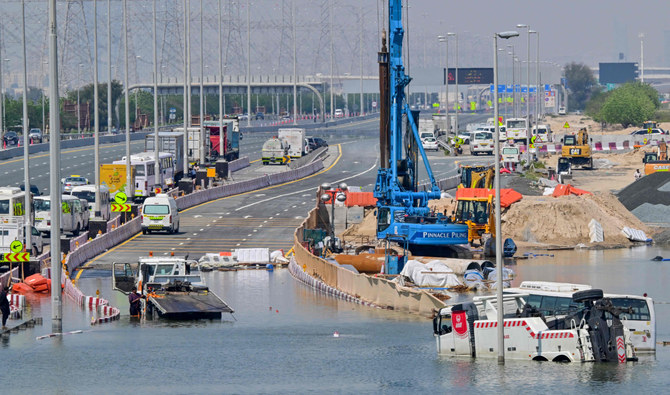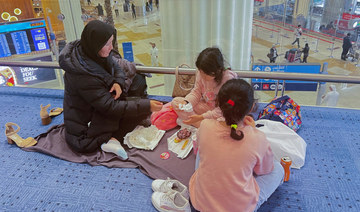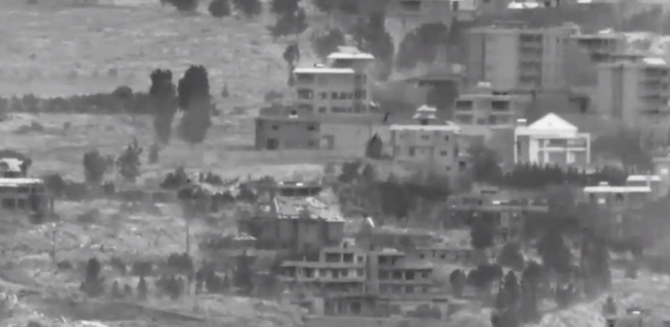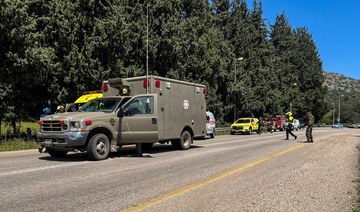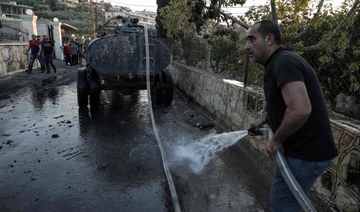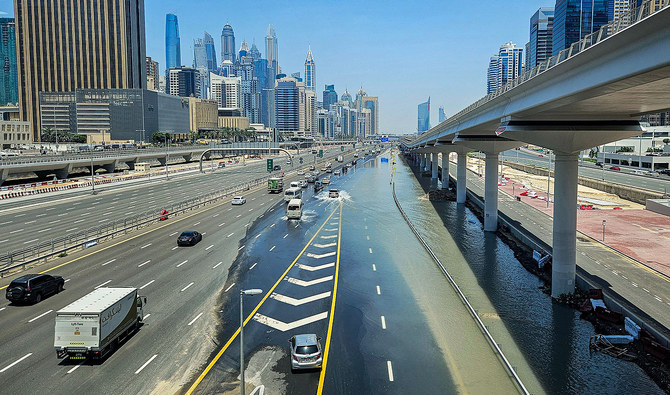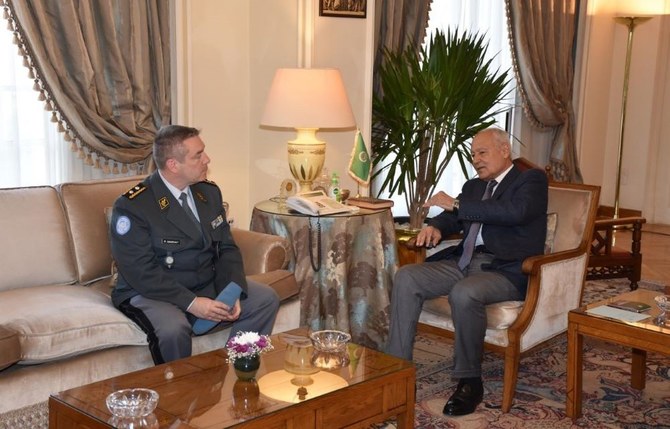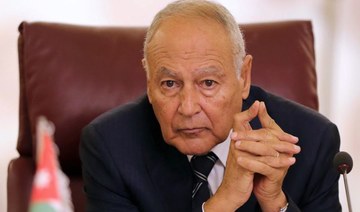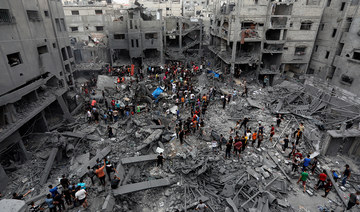CAIRO: Egypt held a full-honors military funeral Wednesday for the country's former autocratic President Hosni Mubarak, who ruled for decades before he was ousted in the 2011 Arab Spring uprising that swept much of the region.
The funeral, replete with cannon fire and a horse-drawn carriage carrying his coffin, highlighted the wartime achievements of Mubarak. It comes as part of a government effort to make Mubarak’s military career his legacy, rather than his time in office.
Egypt's current President Abdel Fattah El-Sisi, attended briefly, offering condolences and shaking hands with Mubarak’s two sons, Alaa and Gamal, and his wife Suzanne.
Mubarak's body was later placed in a tomb a few kilometers away at his family’s cemetery in Heliopolis, an upscale Cairo district that was Mubarak’s home for most of his rule and where he lived quietly until his death.
Opinion
This section contains relevant reference points, placed in (Opinion field)
The country’s state television channel, meanwhile, maintained live coverage and played footage of Mubarak in his younger, pre-office days, lauding him for his role as commander of the air force during the country’s 1973 war with Israel. As president, Mubarak would later solidify peace with their onetime enemy.
On Wednesday, a few dozen Mubarak supporters, clad in black and carrying posters of the former president, had gathered since morning hours at a mosque complex in an eastern New Cairo neighborhood, where Mubarak's body was brought for the funeral service.







